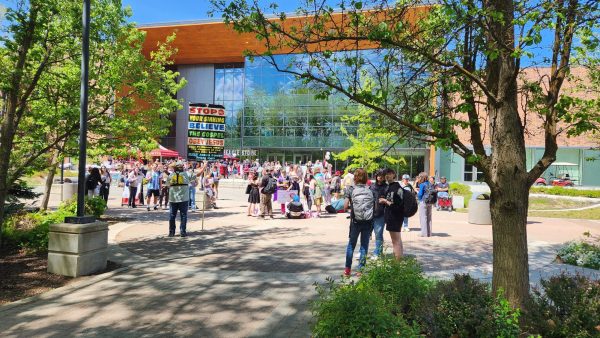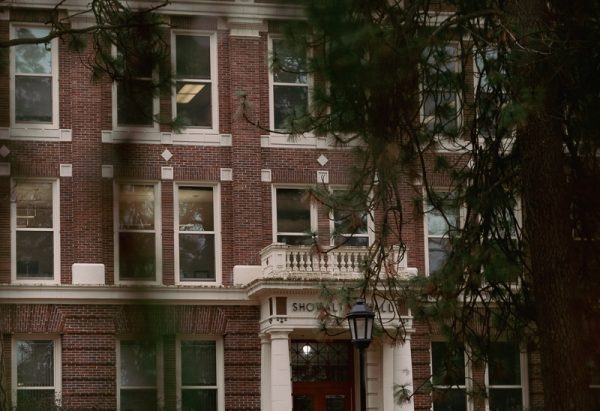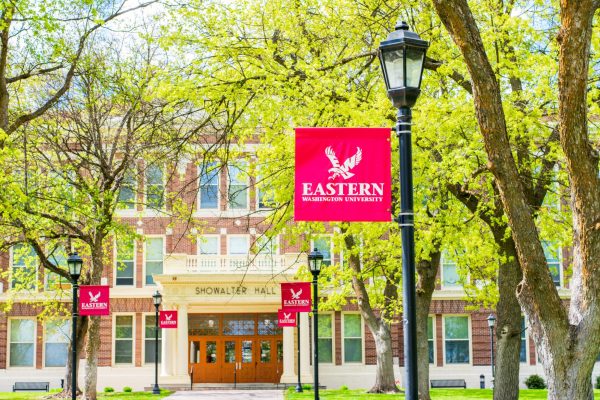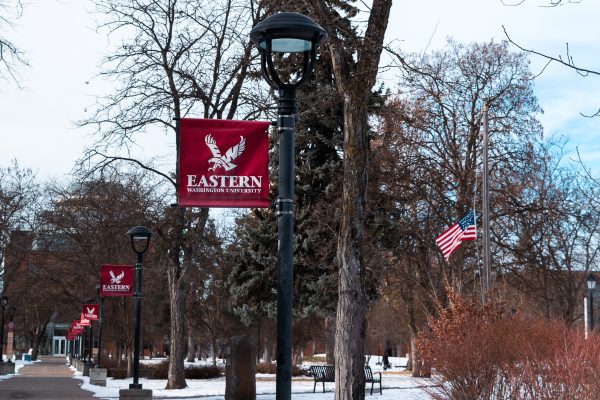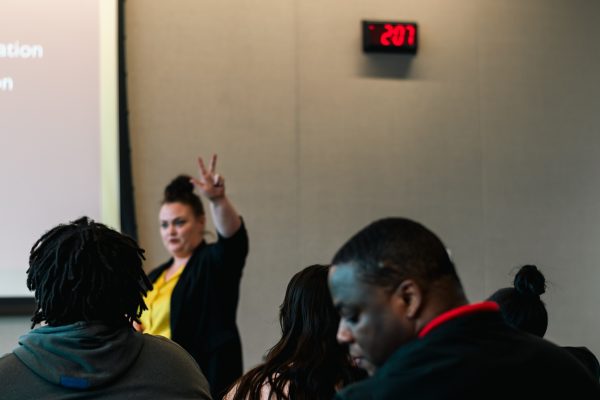Tuition rates to hold steady

May 29, 2014
EWU has announced that there will be no tuition increase for the 2014-2015 academic year, keeping the university at the lowest tuition rate of any Washington state public institution.
The board will officially vote to keep the current tuition rate on June 27, according to director of media relations Dave Meany.
“The university is excited to announce this great news for our students,” EWU President Rodolfo Arévalo said in an EWU news release. “It is my strong belief that holding down the cost of tuition is the best financial aid we can give students. This will allow students to achieve their academic goals, while reducing their student debt.”
In June 2013, EWU’s Board of Trustees voted to maintain the tuition rate for the 2013-2014 academic year, but increase the rate for the 2014-2015 year by 6 percent due to uncertainty surrounding funding from state lawmakers.
In a May 15 board of trustees meeting, however, President Arévalo recommended an action to take the planned 6 percent increase off the books and keep tuition at the current level for next year.
Eastern’s in-state tuition, $2,457 per quarter or $7,372 for the year, is already the lowest of any public institution in the state. A chart provided by EWU reveals a potential $27,000 in four-year savings for students choosing Eastern over other state institutions.
Meany said “it’s always our goal” to keep tuition low for students. He explained that the state does not allow universities to use tuition revenue for improvements. Rather, tuition revenue is used only for basic operating expenses for the university.
He said any improvements students see, such as the renovation of Patterson Hall or basic improvements of walkways, are funded through capital budget dollars appropriated by state lawmakers.
Other projects, such as new residence halls or the potential PUB remodel, are considered “auxiliary projects” and are paid for by using bonds issued by the university and student fees.
President Arévalo urged state lawmakers to make college education more accessible for students through increased state funding, which would allow the university to avoid higher tuition rates in the future.
“Over the last several years, support from the state has shifted big time when it comes to operating dollars,” Meany said.
State support used to cover 62 percent of the university’s operating expenses in 2009, but those numbers have flipped, and state funding now only covers 37 percent of the operating budget, while student tuition covers the remaining 63 percent.
As for tuition rates in the coming years, Meany said that state support and enrollment will determine tuition.
“We really don’t know what the future holds for tuition because it really, again, depends on how much state support we get, as well as enrollment,” Meany said. “So there’s no way of knowing.”






![Simmons said the biggest reasons for her success this year were “God, hard work, and trusting [her] coach and what she has planned.”](https://theeasterner.org/wp-content/uploads/2024/05/image1-1-1200x800.jpg)

